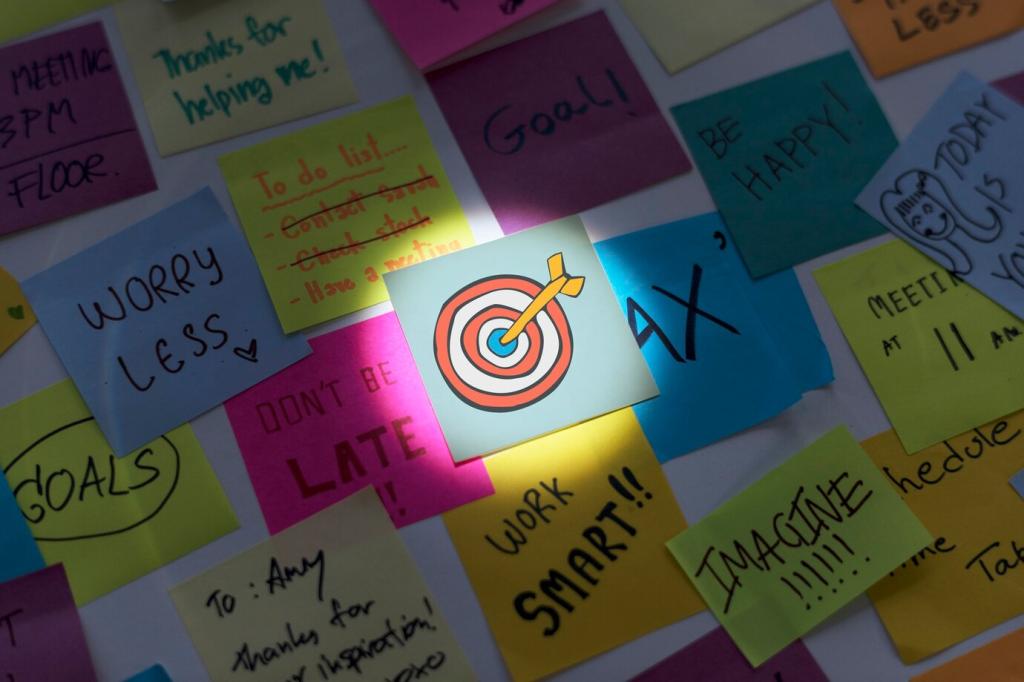Creating Captivating Content for Interior Design Websites
Chosen theme: Creating Captivating Content for Interior Design Websites. Welcome to a space where strategy meets style, and every word, image, and story turns casual browsing into deep admiration. Dive in, experiment boldly, and subscribe to get practical prompts, templates, and weekly inspiration tailored to interior creators.

Know the Rooms: Understanding Your Audience’s Spaces
Persona portraits that feel lived-in
Sketch a day in the life: the parent sneaking storage into every corner, the renter negotiating peel-and-stick choices, the host curating conversation zones. Use these portraits to pick pain points, prioritize topics, and shape your editorial voice. Tell us your primary persona challenges.
Style vocabulary that mirrors their taste
Build a shared lexicon—Japandi calm, layered eclectic, rustic modern, biophilic minimalism. Translate insider jargon into sensory language: sun-warmed oak, velvety limewash, graphite veining. Consistency earns trust. Drop three style words your audience uses most, and we’ll suggest complementary descriptors.
Content map by home and life stage
Map needs across stages: inspiration, planning, shopping, styling, maintenance, refresh. Pair each stage with formats—moodboards, checklists, decision trees, care guides. This keeps readers moving confidently. Subscribe for our lifecycle planner and share which stage your audience stalls at most.


Visual Storytelling That Stops the Scroll
Frame each project as a short story: the problem, the constraint, the turning point, the reveal. Share a snag you solved—warped floors, awkward soffits—and the unexpected compromise that made it better. Add descriptive alt text for accessibility and invite readers to submit their own transformations.




Case studies that teach and delight
Structure with clarity: brief, constraints, plan, process, materials, budget bands, and the satisfaction of living in the result. Include floor plans or quick sketches, and link to sources responsibly. End with lessons learned. Invite readers to pitch their homes for a future spotlight.

Room-by-room playbooks with checklists
Create practical playbooks—kitchen zones, bath ventilation, bedroom lighting layers, entry storage rituals. Add measurement rules of thumb and printable checklists. Provide good-better-best options. Ask readers which room they’re tackling next, and we’ll queue that playbook for an upcoming post.
Findable and Accessible: SEO and UX Essentials
Keywords mapped to intent and location
Cluster topics by intent—learn, compare, choose, maintain—and weave in local modifiers when relevant. Create pillar pages for major rooms and link out to specific how-tos. Keep language human-first. Ask readers which search phrases brought them to your site, then refine your clusters.
Images that load fast and speak clearly
Compress responsibly, use modern formats where supported, and implement lazy loading. Write alt text that describes composition and materials, not keyword soup. Check contrast for text over images. Invite readers to report any slow pages, and iterate visibly on their feedback.
Schema, navigation, and internal paths
Add schema for articles, how-tos, and products when relevant. Build breadcrumb navigation, sensible categories, and contextual internal links that help readers keep exploring. Create topic archives worth bookmarking. Subscribe to receive our technical checklist tailored for design publishers.
Creative briefs that set the room
Every piece gets a brief: goal, audience, problem, tone, moodboard, must-include sources, and a short narrative arc. Align stakeholders early to avoid late rewrites. Share your favorite brief question, and we’ll add it to our community template.
Seasonal planning and smart repurposing
Plan around rhythms—spring refresh, summer hosting, fall coziness, winter light. Repurpose photo sets into carousels, newsletters, and pin-friendly guides. Keep a library of timeless references. Ask readers which seasonal theme they want covered next, and we’ll prioritize it.
Feedback loops with clients and readers
Write comment prompts, run quick polls, and review heatmaps to learn where attention lingers. Fold insights into your next draft. Celebrate reader tips in your newsletter. Invite your audience to join a small beta group that previews content and shapes the final cut.
